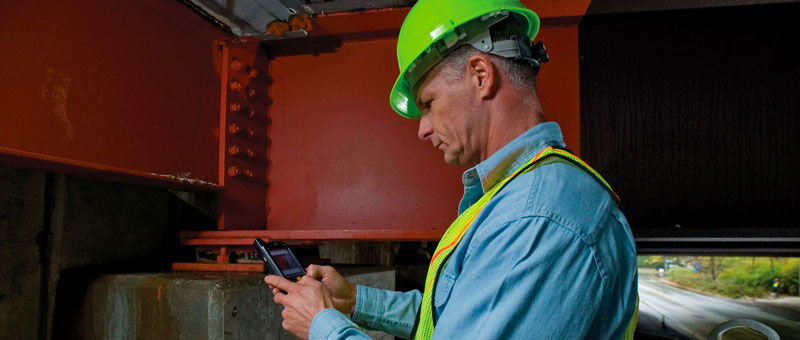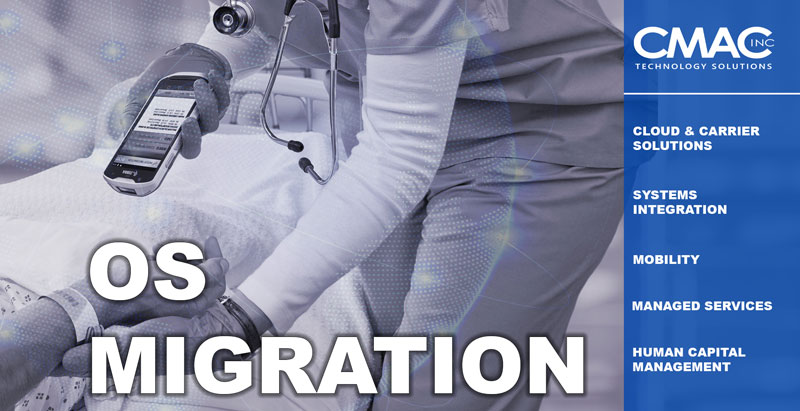Changing from your current enterprise mobile operating system is a big move. If you’ve already begun, you know the importance of developing and then implementing a carefully planned strategy. You’ve probably also learned that you need to assemble the right team for a smooth OS migration. If you’re still on the fence with deciding what to do before Microsoft ends support for Windows Mobile and Windows CE, CMAC can offer insight into how to put together an all-star team to make it happen.
We’ve been handling this transition for businesses around the country. The experience has taught us that certain roles are critical to streamlining to process, and you need buy-in from all players to launch and deploy everything with ease.
The Sponsor

Someone needs to spearhead this mission. The OS decision is an important one, and its impact is going to be experienced company-wide. A C-level executive—COO, CIO, or CTO—needs to launch the effort and remain fully behind its execution. The cost and strategy should be approved at this level, even if the executive chooses someone else to manage the process.
The Integrator

This role should be assigned to a professional who understands all aspects of making the switch. You’ll need to build an OS migration strategy, based on your current and future plans. The change impacts your enterprise apps (primary and secondary), legacy devices, network, users, and processes. Everyone from your mobile workforce to your office staff will be affected, so you need to consider everyone and everything that is touched by the change.
You should also conduct an evaluation of your legacy devices. You don’t necessarily need to retire all of them, but you should take an honest look at their contribution to your operational efficiency as you prepare to move forward. Newer devices probably present advanced features that are designed to add efficiency and accuracy to your workforce. Purpose-built devices, like Zebra’s enterprise-class computing solutions, are designed for industrial use, so they eliminate time-wasters and maximize productivity with job-specific functions. What’s that worth to you?
You don’t necessarily need to do an entire makeover of your device inventory. In fact, it might be a better path to deploy the migration in stages, where it progressively expands across your enterprise. This is something the CMAC team has done with great results.
The Integrator will also be responsible for handling all software testing before the full-fledged deployment. This team player will set up the mobile device management (MDM) to provide the real-time view and control required to manage the fleet of devices. An experienced Integrator provides support, training, and troubleshooting to make this entire shift as turnkey as possible.
The It Pros Are Here to Help with OS Migration Strategy

Whether you maintain an in-house IT staff or outsource this responsibility, make sure your team is on-board with a plan and the process for migrating to a new OS. This effort requires open communication and willingness to collaborate. They will share their knowledge of the company’s network, processes, policies, and technology and work closely with the Integrator to keep things moving forward. CMAC has learned that having one IT team leader manage the daily process is most effective, creating one point of contact and decision-making.
With the right people in place, OS migration can occur with a nearly seamless transition. Of course, there’s always going to be some adjustment, but solid planning leads to a clear-cut strategy and action plan. CMAC is ready to be the integrator. Contact us to get moving on an effective, successful migration to your new enterprise mobile operating system.


